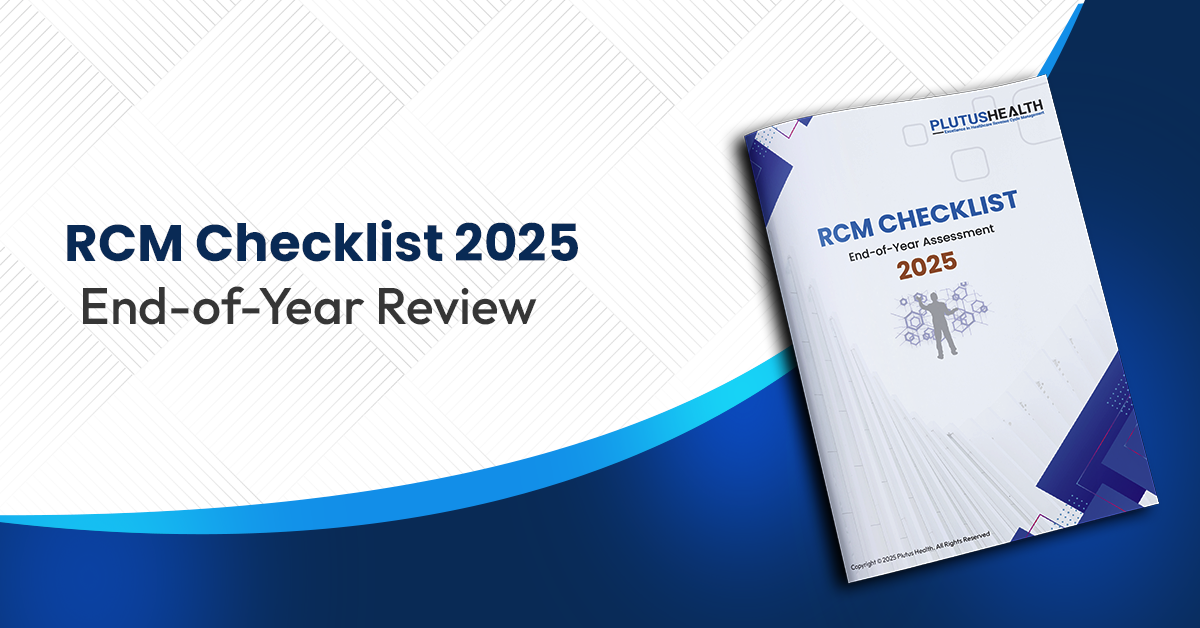Transparency in Coverage Rule 2022 | All You Need to Know
On July 1, 2022, the Transparency in Coverage rule will go into effect. A federal regulation to boost consumers' knowledge of medical prices. The law primarily says that insurers should give consumers pricing of covered items and services.
The law's requirements may have a significant impact on the medical sector. Increased transparency will let consumers make more informed decisions on their healthcare spending. Consumers get more support from the providers. Transparency also increases competition among the providers and opens doors for consumers to migrate to a better option. So, forward-thinking practices must understand the rule's provisions and how to adjust accordingly.
Here's all you need to know about the Transparency in Coverage rule.
Advantage for Consumer
Consumers must have detailed access to the price charged by the provider, consumer cost sharing, and negotiated or contracted rate. Consumers will be able to know their cost-sharing liability at an accumulated amount.
Consumers can now estimate potential out-of-the-pocket-cost better and compare the price between providers before receiving the care. They would be able to know in-network and negotiated rates.
Consumers can also request details in paper form or use a digital tool to know healthcare plans and coverage.
Comparing allowed with billed amounts gives consumers critical information. Consumers can see how well their provider and insurer are.
Pricing Information Available to the Public
Group healthcare plans and issuers of individual or group individual health insurance must make pricing information available to the public.
Consumers can now compare prices of services and items received from providers using internet-based price comparison tools or request a paper-based price before opting for the care.
Federal is finalizing a stipulation to give consumers access to accurate real-time, personalized, cost-sharing information.
In phase 2, providers must make 500 services available via an internet-based price comparison tool. All other items and services information should be available online in phase 3.
In addition to maintaining consistent public information stores and machine readable files, insurers must provide information on their website. Beneficiaries, enrollees, and participants (or their authorized representatives) should be able to access the following information:
- In-network provider negotiated rates.
- Historical out-of-network allowed amounts.
- Drug pricing information.
Machine-Readable Files
Machine-readable files must be made public. It should contain covered services and items between the issuer or plan and in-network provider. The file must also contain billed charges and the allowed amount from out-of-network.
The machine-readable file must be updated at least once annually. The file must contain the following data:
- Negotiated Rate
- Out-of-network Allowed Amount.
Potential Impacts-Increased Billing Standards
Consumers will use price transparency to shop for the most cost-effective care. Transparency in pricing information will increase market competition and ultimately drive the cost of health care services, making care more reasonable for all consumers.
Consumers could leave providers if the discrepancy between the billed and allowed service amount is high. Consumers will perceive a notable gap here as a failure of their clinic's billing team. As such, only practices with top invoicing skills will maintain patient trust. The rule will phase out darkness associated with coverage and would bring transparency for consumers in negotiation. Providers will bill less aggressively. Consumers can choose the lower-cost service providers' services and items. They can budget for everyday healthcare needs. There could be a significant reduction in out-of-pocket costs. Consumers can also check if premium rates are set appropriately.
Plutus Health excels at earning the allowed amount for a service. We recognize areas of potential monetary gain through reliable work procedures and careful review. Our clients have expressed consistent satisfaction with our quick, high returns. Contact us today to discover how professional billing can boost your revenue.
Key Takeaways
- Insurers must provide billed and allowed amounts
- Websites should exist that show real-time, personalized information
- Other financial details will be made available upon request.
- Insurers should share three machine-readable files with stakeholders.
- Billers must maintain high standards to satisfy public scrutiny.


.png)















































